Effective Male Pattern Baldness Treatment
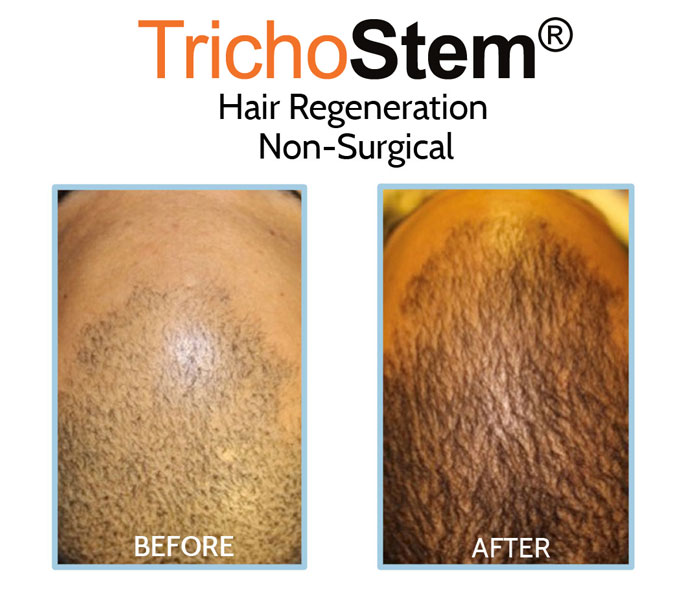
Facing the gradual loss of their hair is a big worry for many men. Male pattern hair loss is the most common cause of hair loss in men, accounting for 95% of cases. The percentage of men manifesting pattern hair loss is also fairly consistent, with incidence of hair loss among men following the Rule of Decades: 20% of men in their 20s develop pattern hair loss, 30% of men in their 30s, etc. with the number of men affected by hair loss getting progressively greater with age.
As a diagnosis of male pattern hair loss needs to be done by a doctor before starting prescription medication such as finasteride to slow hair thinning, I’ll describe how I diagnose male pattern hair loss in a typical consultation.
Differentiating Hair Shedding from Hair Thinning
The first thing that needs to be differentiated is hair shedding from hair thinning.
Hair shedding, or hair shafts detaching from the hair follicle, then falling off the scalp, is normal, as 50-100 hairs are shed daily in all healthy people. Shed hair grows back, so people with normal hair shedding don’t have pattern hair loss. Pattern hair loss is when shed hair grows back progressively thinner after each shedding, resting, and regrowth cycle. Pattern hair loss can also result in a delay of regrowth in shed hair, as one symptom of pattern hair loss is a limited number of hair regrowth cycles.
Identifying Signs of Advanced Male Pattern Hair Loss
When male pattern hair loss is moderately advanced, there are some clear signs that are immediately noticeable. The front of the scalp, which consists of the hairline and temples, can have signs of noticeable recession as well as hair thinning.
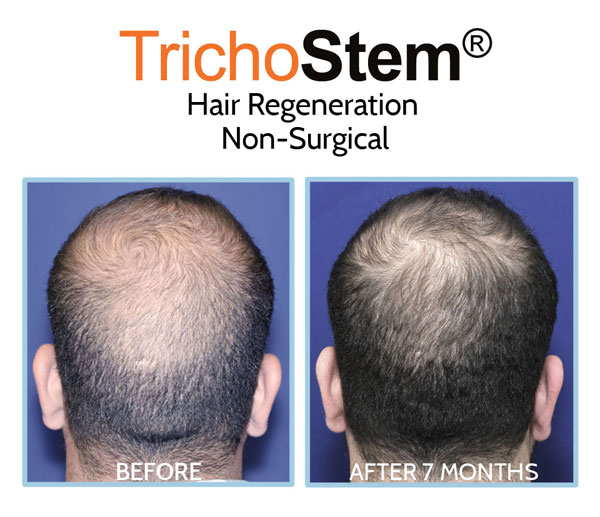
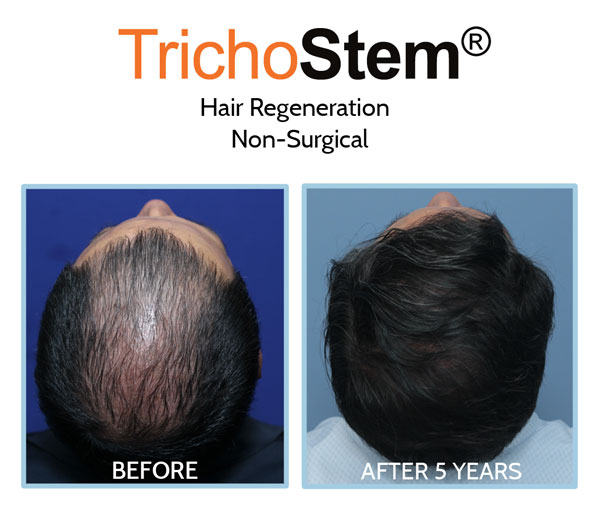
The hairline can appear higher as it was in the early teen years when hair thickness is at its peak, with faint thinning, or miniaturizing hair appearing where there was once thick hair. Hair at the temples can be noticeably thinning, so reduced density and coverage reveal more of the skin.
The crown, or the top back of the head, which is not always clearly seen by the person, can also show obvious signs of pattern hair loss to others, or by positioning mirrors in the correct angle. Hair grows in a circular pattern at the crown.
This circular pattern can also show progressive hair thinning as an ever-widening circle, commonly known as the bald spot. By the time hair thinning is noticed at the mid-scalp, male-pattern hair loss is usually more advanced. Hair thinning at the hairline, temples, and crown usually occurs before the mid-scalp.
It is at the mid-scalp where thinning hair can be most noticeable, as hair doesn’t completely disappear but rather miniaturized so it’s barely seen. Even in the most advanced hair loss cases, small hairs can be seen at the mid-scalp, especially up close, or with the right lighting conditions.
Can Male Pattern Baldness be Treated?
For patients who suspect pattern hair loss but it’s not too obviously noticeable, a diagnosis can still be performed in the office. What I do in these cases is a microscopic scalp exam, where normal and thinning hair can be magnified for identification. While male pattern hair loss can’t be completely cured, more hair can be saved from progressive hair thinning and miniaturization the earlier it is diagnosed.
The first step in treatment, especially for younger men, is a prescription DHT-blocker like finasteride to slow hair thinning. DHT, or dihydrotestosterone, is the hormone that causes hair thinning in men who are genetically sensitive to it.
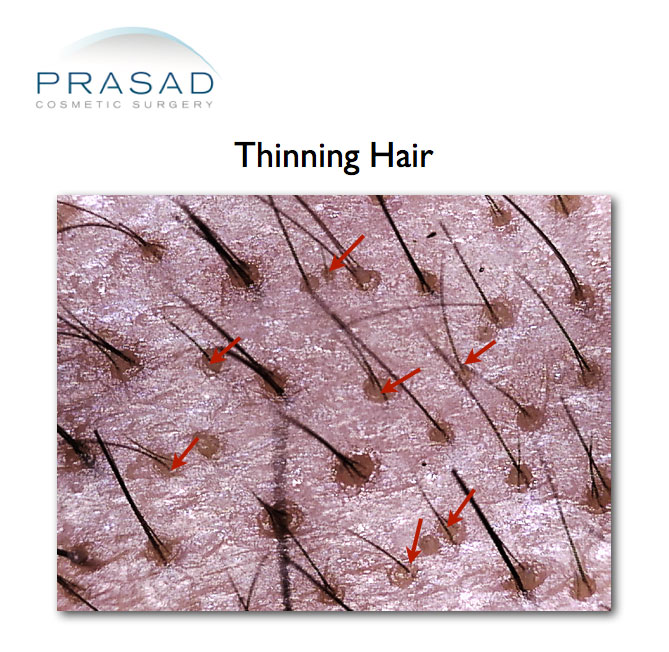
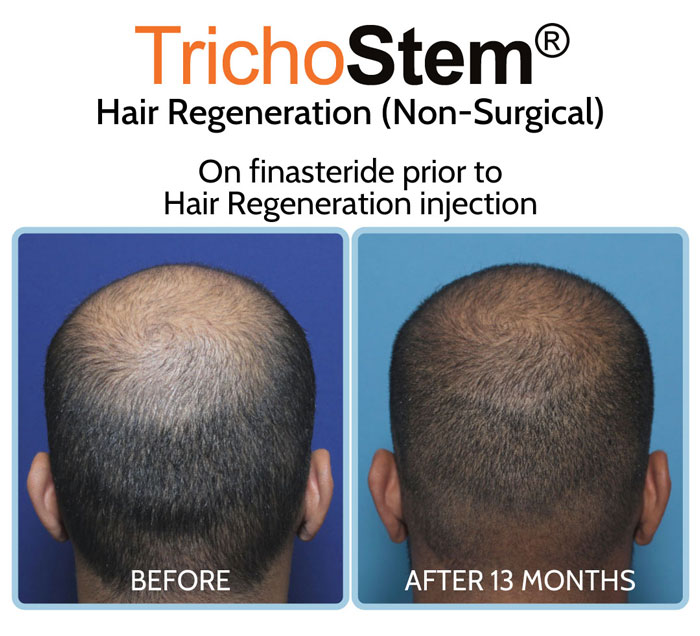
The rim of hair at the lower back and sides of the head are genetically resistant to DHT, which is why this hair does not experience progressive thinning, even if a man is bald everywhere else.
Boosting Finasteride Treatment with TrichoStem® Hair Regeneration
The effects of finasteride alone can be complemented and exceeded with our TrichoStem® Hair Regeneration treatment, which can actually thicken thinning hair and stimulate growth from hair follicles that are dormant because of the delayed regrowth due to pattern hair loss. TrichoStem® Hair Regeneration can increase hair thickness, visible scalp coverage, and hair density. Unlike other scalp injection treatments, TrichoStem® Hair Regeneration only consists of 1-2 treatment sessions, with benefits lasting 3-5 years or even more. I hope this information provided you with guidance about your situation.
Male Pattern Baldness Treatment in Manhattan, NYC; Garden City, Long Island, New York; and Vienna, Virginia
Dr. Amiya Prasad is a Board-certified facial cosmetic surgeon, and a Fellowship-trained oculofacial plastic and reconstructive surgeon. He has performed surgical hair transplants since he first started his practice over 30 years ago. Dr. Prasad is also the founder of TrichoStem® Hair Regeneration Centers, which is based on a technology he developed to improve the outcomes of surgical hair transplants. Since 2011, we have administered the TrichoStem® Hair Regeneration injection treatment as a standalone, non-surgical procedure to treat male and female pattern hair loss patients from around the world.
If you would like specific recommendations for your case, fill out the form below or contact any of our offices at (212) 265-8877 for Manhattan, New York City; (516) 742-4636 for Garden City, Long Island; or (703) 356-1336 for Vienna, Virginia.

